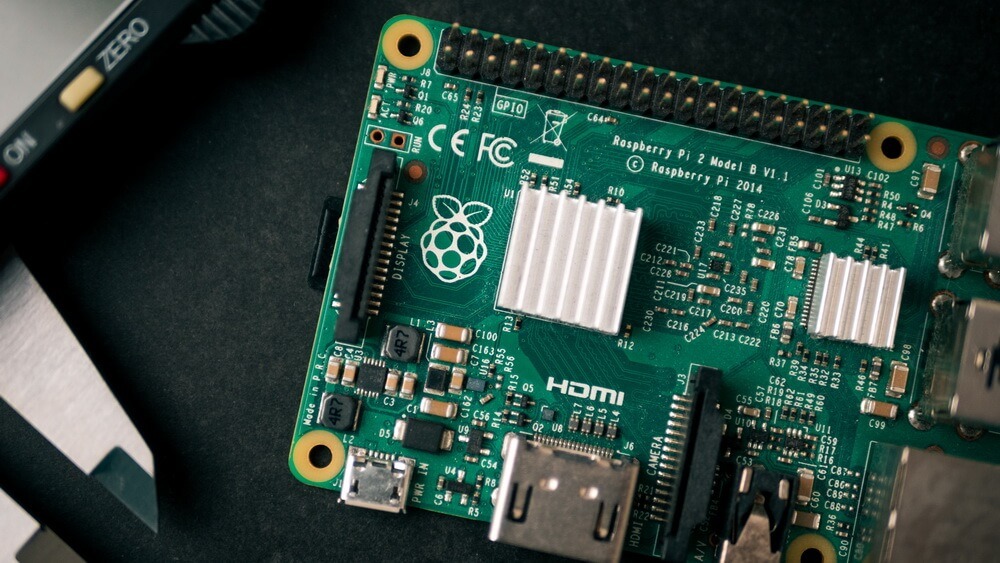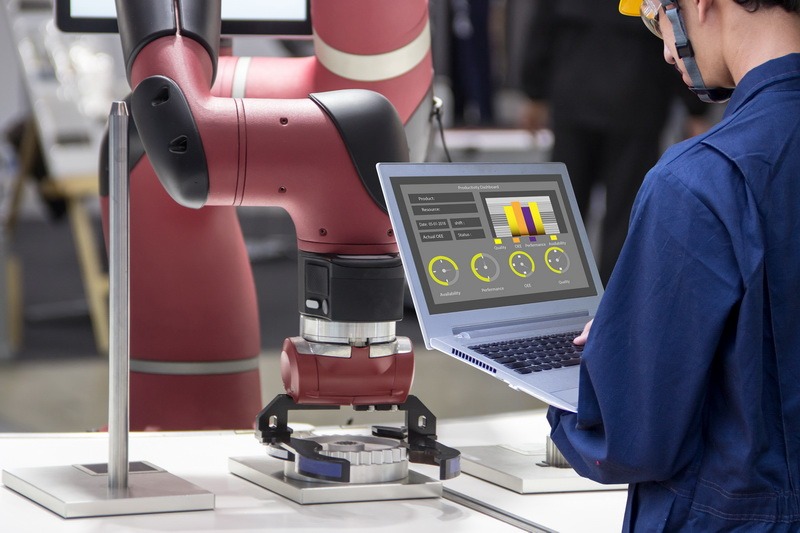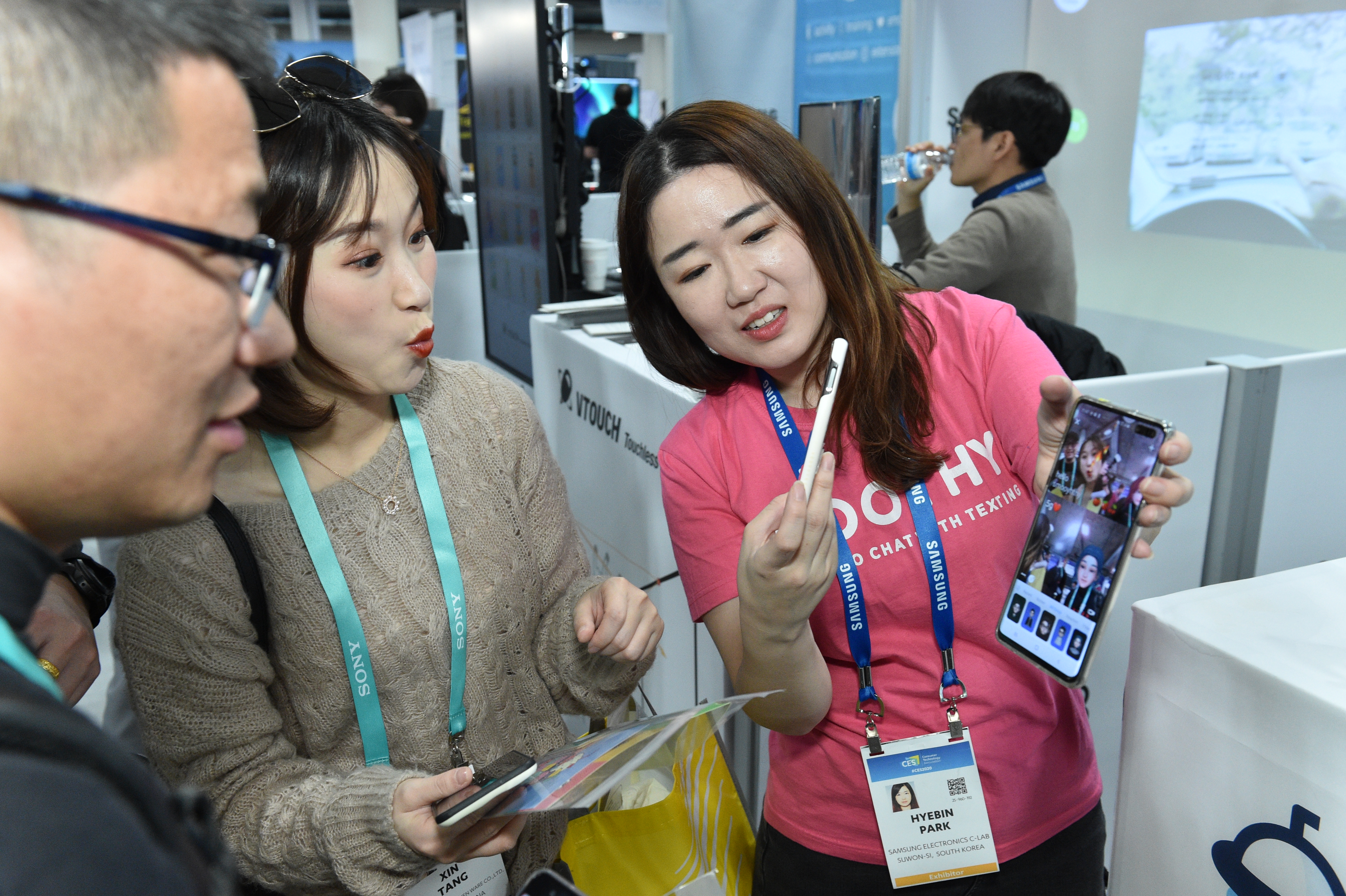5 Tips to Develop a Successful IoT MVP, PoC and Prototype
Not long ago, we were discussing the benefits of developing an MVP with Flutter and named several weighty reasons why this versatile toolkit is a real catch for building an IoT MVP. We also clarified what MVP, PoC and prototype stand for in IoT or other projects.
In this article, we take a wider view on building a new IoT product and come up with a list of general tips for those who work on an IoT prototype, MVP and PoC or plan to do so in the future.

You’ll get:
- Tips on choosing hardware.
- Pro advice on programming strategy.
- Ideas about third-party tools.
- Advice on cross-platform development.
- Development approach idea.
Before we start, a few words about why we think it’s important to share our expertise in IoT MVP development.
First of all, building a viable IoT system isn’t like anything else. Fundamentally, IoT is multicomponent — you need to put many things together. There are different competencies involved, including low-level programming, data pipeline architecture, data analytics and visualization, cross-platform application development, etc. A good set of tips on how to deal with this or that component may not cover competency gaps, but help better navigate the options.
Secondly, we know a thing or two about bringing a brand new product to the market, including an IoT system. Digiteum teams have worked with startups and big tech companies from different industries and developed a range of MVPs across web, mobile and IoT. So most of the tips you find below come from our practical experience.
Looking for a software development team that could help you grow your IoT prototype to the final product? Let’s talk about your project. Learn about the benefits of Discovery Phase of a software project to get ideas on how to start you development journey.
5 tips to develop a successful IoT prototype, PoC and MVP
Choose the right hardware to optimize bring-to-market time

There’s no lack of IoT hardware in the market, and choosing the right boards, accessories and kits can be a real challenge. There are many factors to consider, including cost, processing power, compatibility and connectivity options, even size and robustness.
Simple and affordable boards are perfect for building a PoC or prototype for IoT devices, validate ideas, shape the design, do in-house testing. Working with blank boards requires soldering and wiring, adding modules for connectivity, extra processing power, etc., but provides ample opportunities for a custom design and dynamic prototyping. On the contrary, more advanced market-ready hardware like the latest models of Raspberry Pi has everything you need. It can be a perfect choice to save time and build an MVP IoT device neat enough to roll it out to the market.
As a rule, hardware producers and vendors offer more than just boards and extensions. IoT hardware platforms provide a wide range of tools and services, including IDE, kits and cloud platforms to facilitate and speed up the development of an IoT product prototype or an IoT MVP project.
To learn more, check our review of major IoT hardware platforms and their versatile offers.
Consider your programming strategy

The choice of hardware may define your programming strategy and vice versa. Cheaper low-power devices can run only compact script typically written on low-level languages like C and C++. This programming takes time and expertise. Whereas more expensive and powerful hardware provides wider opportunities when it comes to choosing the programming language. You can use flexible Python which can really speed up the process.
In other words, when you opt for advanced hardware, you pay more but can save time on the development, which matters in IoT MVP development. It’s a tradeoff, and the choice will depend on individual project goals and circumstances.
Here is the review of top IoT programming languages from our CTO and tips on how to choose the right language for firmware, edge and cloud computing. Check also how to compare software products and components to get a wider outlook on programming strategy.
Use third-party tools for data visualization and analytics…

Web and mobile applications for IoT system users have their specifics and certain requirements to design, speed and performance. As a rule, client applications need to provide access to IoT data (real-time telemetry, status updates, etc.) and features to manipulate it — group insights, drill data, make reports, etc.
There are plenty of solutions and platforms that you can integrate to your application and build your data visualization and analytics strategy on. These multifunctional tools already offer the perks and features your IoT application will need (including a variety of data visualization techniques, permissions, assigned control rights, automated reporting, etc.). You will still need to work on configuration and integration. However, using third-party tools will significantly reduce the price to develop IoT prototype, PoC or MVP compared to starting from scratch.
We make a review of the major platforms like Tableau, Kibana or Power BI and provide expert tips to build efficient data dashboards in the article about data visualization techniques and tools. Check it out to get more information on data visualization for your MVP and PoC IoT project.
…and versatile toolkits for cross-platform development

Native or web app? Or maybe a cross-platform system? The choice of platform for your application depends on the specifics of your project, audience, budget and, essentially, on what exactly you are building — a PoC, a prototype or an MVP.
Read: Technology analysis methods in software development.
Likely, a PoC or a prototype will never leave the walls of your lab — they will be used as test models and demonstrated to stakeholders and investors at best. In this case, you can limit your application to run only on one platform. This approach helps keep the typical cost to develop an IoT prototype or PoC minimal.
On the contrary, if you are working on a market-ready MVP, you might need to build it for several platforms to maximize the outreach. Then, it makes sense to consider cross-platform tools to optimize development time and investment.
For example, the Flutter toolkit helps build powerful, scalable applications based on one codebase that will run on mobile, web and desktop, look natively and perform well. High performance and efficiency make Flutter a good choice for data-heavy IoT applications. There’s a catch though. This cross-platform toolkit is fairly new, so it might take precious time to find a development team.
Check this article about the benefits of using Flutter for mobile and IoT application development. For a simpler cross-platform application with modest functionality and processing requirements, the React Native framework is a good choice, too.
Follow changing market environment to keep project goals up-to-date

The ever-changing market environment is one of the reasons why choosing a prototype model IoT project or MVP is prudent in the first place. Economies transform, new players appear and challenge the market, technologies emerge and develop at a high pace, especially in the Internet of Things sector.
In this context, project goals, requirements and priorities can change even in a short time. To maintain efficient time and budget management on an MVP or PoC project, it’s important to have rapid response and adaptation practices in place.
The agile development approach is one of the best means to efficiently address the changes during new product development. This approach implies building a new system in a series of cycles, frequent testing and validation with stakeholders.
Iteration by iteration, the system evolves and acquires new features according to their importance and relevance at a given time. This approach is practical — it helps keep business goals first and make sure the changing market conditions and priorities are factored in during every phase of the development process.
More importantly, iterative product development helps minimize investment risks. Frequent testing, feasibility checks and validation will help you avoid building the features users don’t need and invest more into the functionality that actually meets market demand.
Curious how to go from IoT prototype to production and ensure your system has all the critical features and functionality? Check our expert article on how to manage product requirements or contact our team to get help implementing your project.
Looking for a partner to develop a successful MVP IoT system?
We are a team of skilled designers and engineers with solid experience in IoT MVP design and software development. We can help you figure out how to prototype for IoT software, develop a PoC or build a market-ready IoT MVP application. Check our Minimum Viable Product development services and IoT software development services to get more information about our capabilities and expertise. Contact our team to start your project as soon as within 1-3 weeks.




